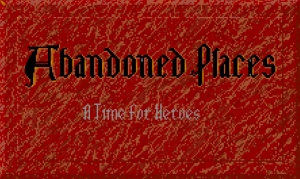Did you know Ames Library has a Popular Reading Collection? It’s located right next to the Circulation Desk and has dozens of titles from which to choose. Grab one of these for some light weekend reading or just to take a break from all that scholarly work you’ve been doing.
Some of our recent additions to the collection include:
New Popular Reading Titles
Map Thief – Michael Blanding
From Amazon – Maps have long exerted a special fascination on viewers—both as beautiful works of art and as practical tools to navigate the world. But to those who collect them, the map trade can be a cutthroat business, inhabited by quirky and sometimes disreputable characters in search of a finite number of extremely rare objects.
Once considered a respectable antiquarian map dealer, E. Forbes Smiley spent years doubling as a map thief —until he was finally arreste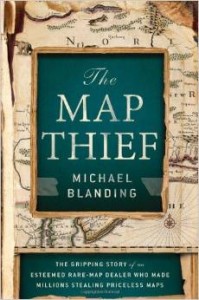 d slipping maps out of books in the Yale University library. The Map Thief delves into the untold history of this fascinating high-stakes criminal and the inside story of the industry that consumed him.
d slipping maps out of books in the Yale University library. The Map Thief delves into the untold history of this fascinating high-stakes criminal and the inside story of the industry that consumed him.
Acclaimed reporter Michael Blanding has interviewed all the key players in this stranger-than-fiction story, and shares the fascinating histories of maps that charted the New World, and how they went from being practical instruments to quirky heirlooms to highly coveted objects. Though pieces of the map theft story have been written before, Blanding is the first reporter to explore the story in full—and had the rare privilege of having access to Smiley himself after he’d gone silent in the wake of his crimes. Moreover, although Smiley swears he has admitted to all of the maps he stole, libraries claim he stole hundreds more—and offer intriguing clues to prove it. Now, through a series of exclusive interviews with Smiley and other key individuals, Blanding teases out an astonishing tale of destruction and redemption.
The Map Thief interweaves Smiley’s escapades with the stories of the explorers and mapmakers he knew better than anyone. Tracking a series of thefts as brazen as the art heists in Provenance and a subculture as obsessive as the oenophiles in The Billionaire’s Vinegar, Blanding has pieced together an unforgettable story of high-stakes crime.
If I Fall, I Die – Michael Christie
Boston Girl – Anita Diamant
Cold Cold Heart – Tami Hoag
Rabbit Back Literature Society – Pasi Ilmari Jaaskelainen
Before I Go – Colleen Oakley
Sacrifice – Joyce Carol Oates
Private Vegas – James Patterson
Train to Crystal City – Jan Jarboe Russell
Skylight – Jose Saramago
From Amazon – Silvestre and Mariana, a happily married elderly couple, take in a young nomad, Abel, and soon discover their many differences. Adriana loves Beethoven more than any man, but her budding sexuality brings new feelings to the surface. Carmen left Galicia to marry humble Emilio, but hates Lisbon and longs for her first love, Manolo. Lidia used to work the streets, but now she’s kept by Paulo, a wealthy man with a wandering eye.
– Silvestre and Mariana, a happily married elderly couple, take in a young nomad, Abel, and soon discover their many differences. Adriana loves Beethoven more than any man, but her budding sexuality brings new feelings to the surface. Carmen left Galicia to marry humble Emilio, but hates Lisbon and longs for her first love, Manolo. Lidia used to work the streets, but now she’s kept by Paulo, a wealthy man with a wandering eye.
These are just some of the characters in this early work, completed by Saramago in 1953 but never published until now. With his characteristic compassion, depth, and wit, Saramago shows us the quiet contentment of a happy family and the infectious poison of an unhappy one. We see his characters’ most intimate moments as well as the casual encounters particular to neighbors living in close proximity. Skylight is a portrait of ordinary people, painted by a master of the quotidian, a great observer of the immense beauty and profound hardships of the modern world.
New Kindle Titles
Maze Runner Series – James Dashner
Not that Kind of Girl – Lena Dunham
Winter of the World and Edge of Eternity – Ken Follett, completing the Century Trilogy
Silkworm – Robert Galbraith
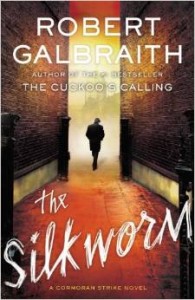 From Amazon – When novelist Owen Quine goes missing, his wife calls in private detective Cormoran Strike. At first, Mrs. Quine just thinks her husband has gone off by himself for a few days-as he has done before-and she wants Strike to find him and bring him home.
From Amazon – When novelist Owen Quine goes missing, his wife calls in private detective Cormoran Strike. At first, Mrs. Quine just thinks her husband has gone off by himself for a few days-as he has done before-and she wants Strike to find him and bring him home.
But as Strike investigates, it becomes clear that there is more to Quine’s disappearance than his wife realizes. The novelist has just completed a manuscript featuring poisonous pen-portraits of almost everyone he knows. If the novel were to be published, it would ruin lives-meaning that there are a lot of people who might want him silenced.
When Quine is found brutally murdered under bizarre circumstances, it becomes a race against time to understand the motivation of a ruthless killer, a killer unlike any Strike has encountered before… A compulsively readable crime novel with twists at every turn, THE SILKWORM is the second in the highly acclaimed series featuring Cormoran Strike and his determined young assistant, Robin Ellacott.
Gray Mountain – John Grisham
Flyover Lives – Diane Johnson
Mercedes – Stephen King
American Sniper – Chris Kyle
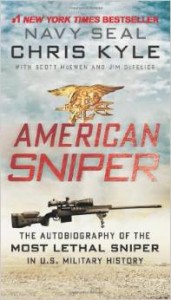 From Amazon – From 1999 to 2009, U.S. Navy Seal Chris Kyle recorded the most career sniper kills in United States military history. His fellow American warriors, whom he protected with deadly precision from rooftops and stealth positions during the Iraq War, called him “The Legend”; meanwhile, the enemy feared him so much they named him al-Shaitan (“the devil”) and placed a bounty on his head. Kyle, who was tragically killed in 2013, writes honestly about the pain of war—including the deaths of two close SEAL teammates—and in moving first-person passages throughout, his wife, Taya, speaks openly about the strains of war on their family, as well as on Chris. Gripping and unforgettable, Kyle’s masterful account of his extraordinary battlefield experiences ranks as one of the great war memoirs of all time.
From Amazon – From 1999 to 2009, U.S. Navy Seal Chris Kyle recorded the most career sniper kills in United States military history. His fellow American warriors, whom he protected with deadly precision from rooftops and stealth positions during the Iraq War, called him “The Legend”; meanwhile, the enemy feared him so much they named him al-Shaitan (“the devil”) and placed a bounty on his head. Kyle, who was tragically killed in 2013, writes honestly about the pain of war—including the deaths of two close SEAL teammates—and in moving first-person passages throughout, his wife, Taya, speaks openly about the strains of war on their family, as well as on Chris. Gripping and unforgettable, Kyle’s masterful account of his extraordinary battlefield experiences ranks as one of the great war memoirs of all time.
Flash Boys – Michael Lewis



![IMG_20150206_073707[1]](https://blogs.iwu.edu/library/files/2015/02/IMG_20150206_0737071-300x171.jpg)
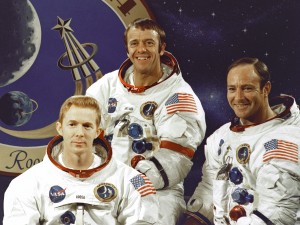

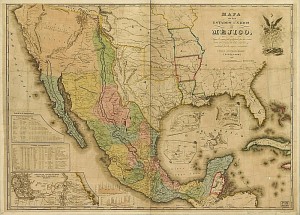 The Treaty of Guadalupe Hidalgo
The Treaty of Guadalupe Hidalgo

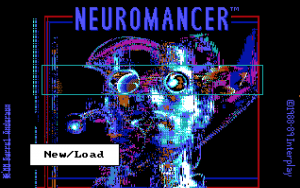
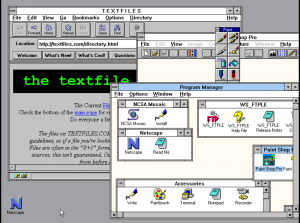 sions for the future we won’t fully appreciate for years.
sions for the future we won’t fully appreciate for years.